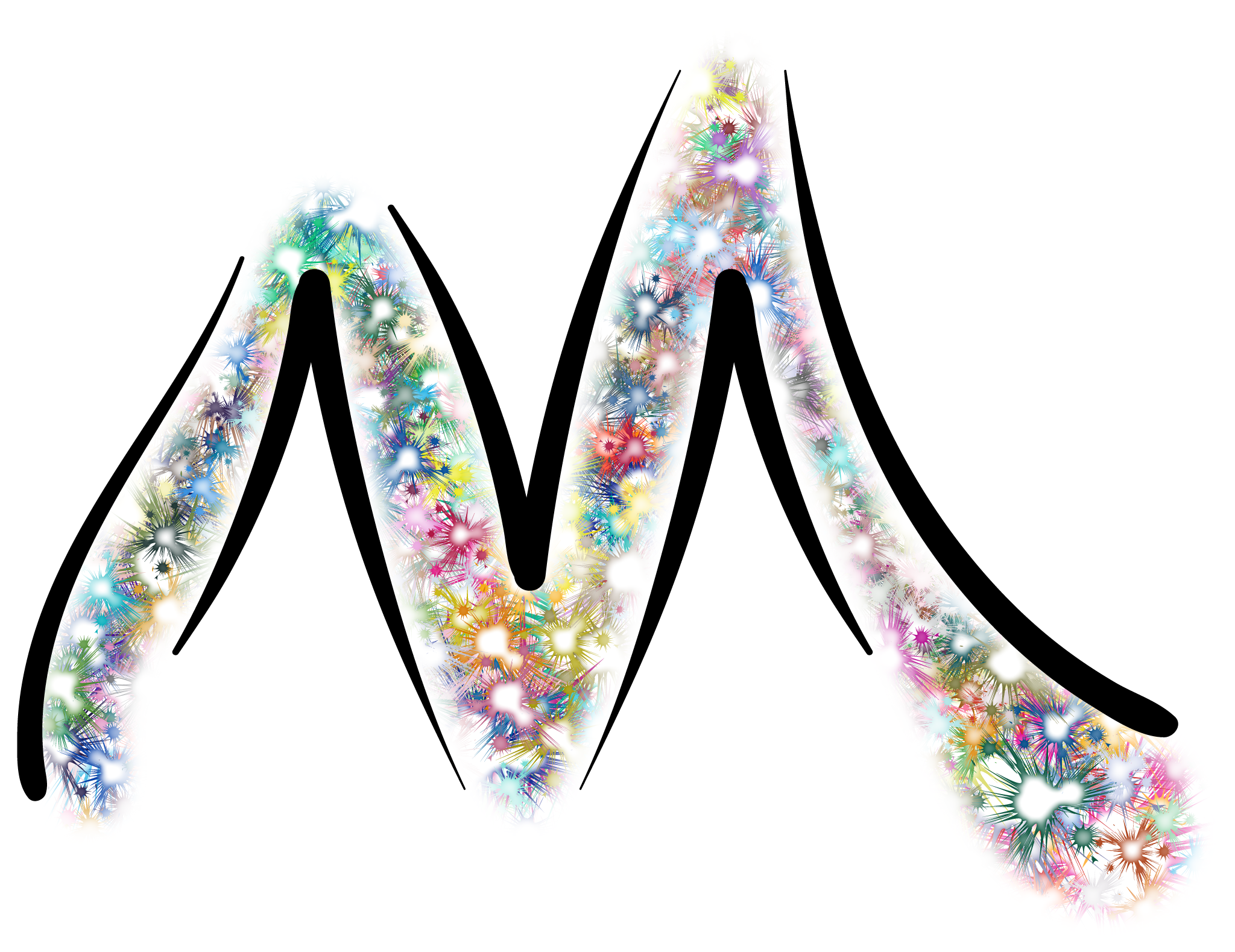I have updated my Photoshop script for compiling/aligning image tiles created with the Mandelbulb 3D Big Render function. I thought it would take longer to add the things I thought it needed. Not only did it not take very long, I found – and fixed – a potential bug and added a progress bar for the alignment process.
Download
I’ve said it before… Just because I try to keep my site and files secure and clean does not mean you should automatically trust the download. Always scan before you open the zip.
compositeFromImageTilesWithZBuf
Compatibility
This script is compatible with Photoshop CC 2015. It may work with older versions of Photoshop, but IÂ have not run any tests. I offer no warranties or guarantees.
My Own Tests
I have successfully tested importing 100 image tiles and 100 ZBuf tiles in one pass, with each tile at 1080 x 720 pixels (10 rows and 10 columns). It takes a little while, but it works. You can probably import a lot more. There should be no limit in the script for the number of tiles you import. How many tiles you can import and how long it takes will depend on your computer, and the size of the files, of course. In my tests, the ZBuf tiles take longer to import than the regular image tiles. Not sure why.
How to use the script
I’m not going to rehash what I already said the first time. Go read that post, if you need to. I will cover some of the changes.
Rather than adding an option to have the layers grouped, I went ahead and grouped the layers by default. If you don’t like it, you can easily ungroup the layers. I did, however, add an option to turn the groups into Smart Objects. Just check the box in the window (when you run the script in Photoshop) and it will take care of the rest.
You may now import the image files and the ZBuf files in one pass, or you can just import the image tiles or just the ZBuf tiles. The script will align the image layers, group them, and convert them into a smart object (if you checked that box). Then it will do the same for the ZBuf layers, if any are detected.
After importing all the tiles – both image and ZBuf – the script will display a progress bar, so you can see how far along it is in the alignment process. I did this because, if you have a large number of files that you are importing, there are a couple of moments where it seems that nothing is happening.
So, what is happening?
At the beginning of the alignment process, I need to determine whether the layers are numbered sequentially or if they are numbered by their row and column coordinates. Then, I need to determine if the user is also importing any ZBuf layers. To do that, I use regular expressions on the layer names. Of course, this currently requires that the ZBuf layer names begin with “ZBuf “.
Next, it cycles through all the layers with names that do not begin with “ZBuf” and aligns them, groups them. Then repeats for the ZBuf layers.
What’s Next?
The only thing I can think of to make the script any better is to work on the speed. There is nothing I can do about how quickly the files are imported. However, with a little thought, I can probably reduce the time it takes to determine the naming convention and the presence of ZBuf layers.
If you have any suggestions, let me know in the comments below.
